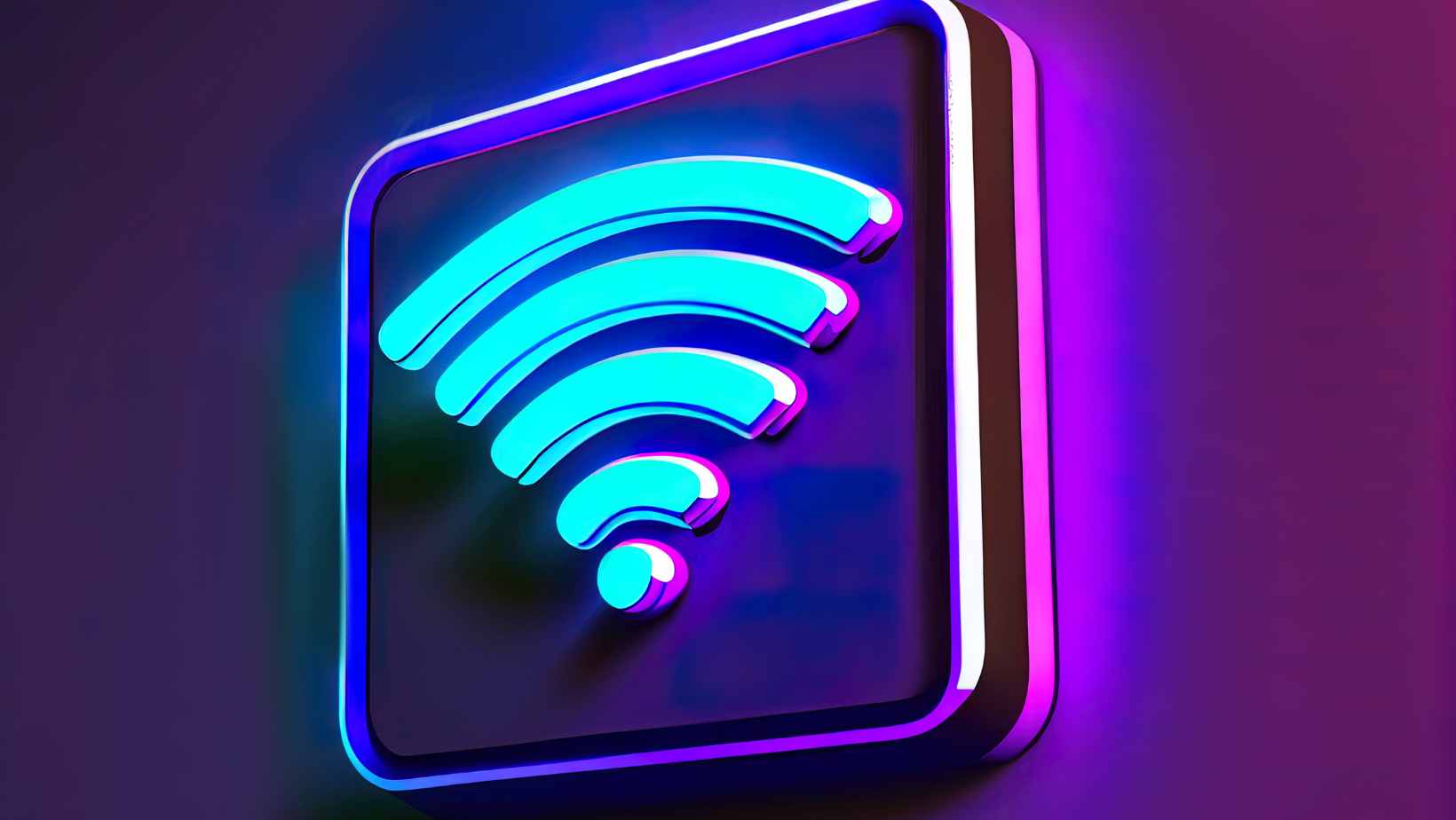I understand that it can be frustrating to find out that Verizon Home Internet is not available in your area. Many customers wonder why this is the case and what factors contribute to the unavailability of their service.
One possible reason for Verizon Home Internet not being available in your area could be the limited infrastructure. While Verizon has a widespread network, there may still be areas where the necessary infrastructure hasn’t been established yet. The company continuously expands its coverage, but it takes time and resources to reach every corner of the country.
Another factor could be the competition in your area. In some regions, there might already be other internet service providers that have exclusive agreements or strong market presence, limiting Verizon’s ability to offer their services.
Why is Verizon Home Internet Not Available in my Area
Verizon Internet Coverage Areas
It’s frustrating when you’re eager to sign up for Verizon Home Internet, only to find out that it’s not available in your area. But why does this happen? Let’s explore some of the reasons behind the unavailability of Verizon Home Internet in certain areas.
Network Infrastructure Constraints
One common reason why Verizon Home Internet may not be available in your area is due to network infrastructure constraints. Expanding and maintaining a robust internet network requires significant investment and resources. In some cases, Verizon may face limitations in upgrading or expanding their infrastructure to reach every corner of the country.
Verizon utilizes a combination of fiber-optic and DSL technologies for its home internet services. Fiber-optic connections provide faster speeds but require extensive infrastructure deployment, while DSL connections leverage existing copper telephone lines. However, these technologies have range limitations, meaning that areas far from the nearest fiber optic or DSL connection point may not have access to Verizon Home Internet.
Market Demand and Population Density
Another factor influencing the availability of Verizon Home Internet is market demand and population density. Providers like Verizon prioritize areas with higher populations as they can serve more customers and generate better returns on their investments. Therefore, densely populated urban areas often receive priority over rural or sparsely populated regions when it comes to internet service expansion.
Verizon conducts thorough market research before deciding which areas to expand into based on factors such as projected customer base, competition analysis, and revenue potential. So if you reside in a less populated area or a region with limited demand for high-speed internet services, it’s possible that Verizon has not deemed it financially viable to extend their coverage there yet.

Tips For Improving Internet Connectivity in Your Area
If you’re frustrated by the unavailability of Verizon Home Internet in your area, don’t worry – there are still ways to improve your internet connectivity. Here are some tips that might help:
- Check with Other Providers: While Verizon Home Internet may not be available, it’s worth exploring other internet service providers (ISPs) in your area. Research local ISPs and compare their plans and coverage to find an alternative that meets your needs.
- Upgrade Your Plan: If you’re currently using a basic internet plan, consider upgrading to a higher-tier package offered by your existing ISP. A faster plan can provide better speeds and more reliable connectivity, even if it’s not specifically Verizon.
- Consider Satellite Internet: In areas where traditional wired connections are limited, satellite internet can be a viable option. Companies like HughesNet and Viasat offer satellite-based internet services that can reach remote locations with decent speeds.
- Improve Wi-Fi Signal Strength: Slow or intermittent internet issues could be due to a weak Wi-Fi signal within your home. To enhance signal strength, try repositioning your router to a central location or investing in Wi-Fi extenders to expand coverage.
- Use Ethernet Connections: If possible, connect devices directly to the modem/router using Ethernet cables instead of relying solely on Wi-Fi. Wired connections typically offer faster and more stable speeds than wireless ones.
- Optimize Bandwidth Usage: Streaming videos, online gaming, or downloading large files simultaneously can strain your internet connection. Prioritize essential tasks or consider scheduling downloads during off-peak hours when network congestion is lower.
- Update Firmware and Security Software: Outdated firmware on routers or lack of security measures can impact performance and leave your network vulnerable to threats. Regularly update both router firmware and security software for optimal performance and protection.
- Reduce Interference: Electronics and devices like cordless phones, baby monitors, or microwave ovens can interfere with Wi-Fi signals. Keep your router away from such devices to minimize interference and improve signal strength.
Remember, while these tips can help enhance your internet connectivity, they may not guarantee the same level of performance as Verizon Home Internet. Nonetheless, by exploring alternative options and optimizing your existing setup, you can still enjoy a smoother online experience in areas where Verizon is unavailable.


